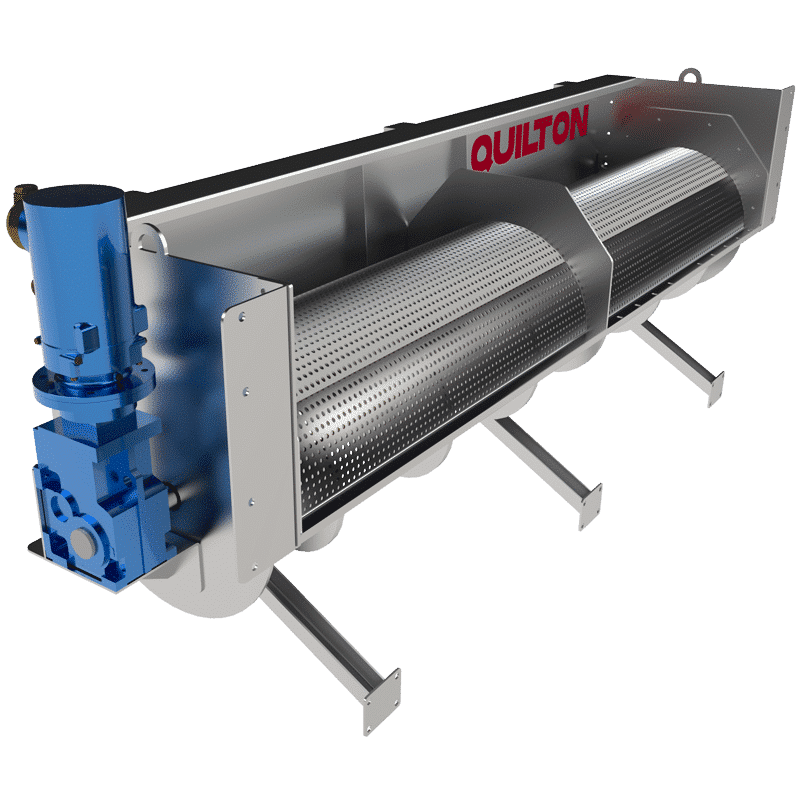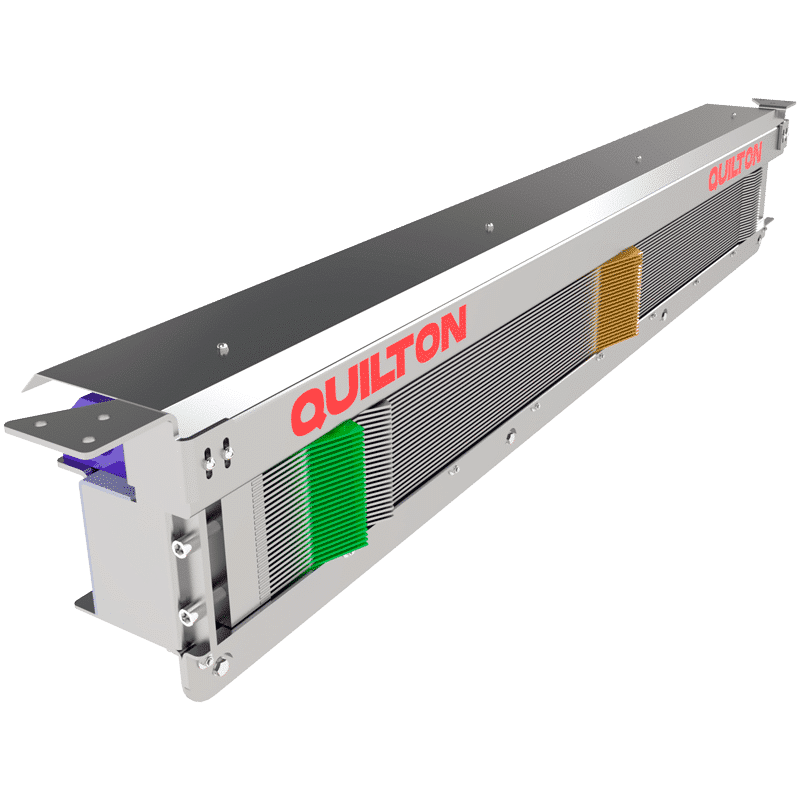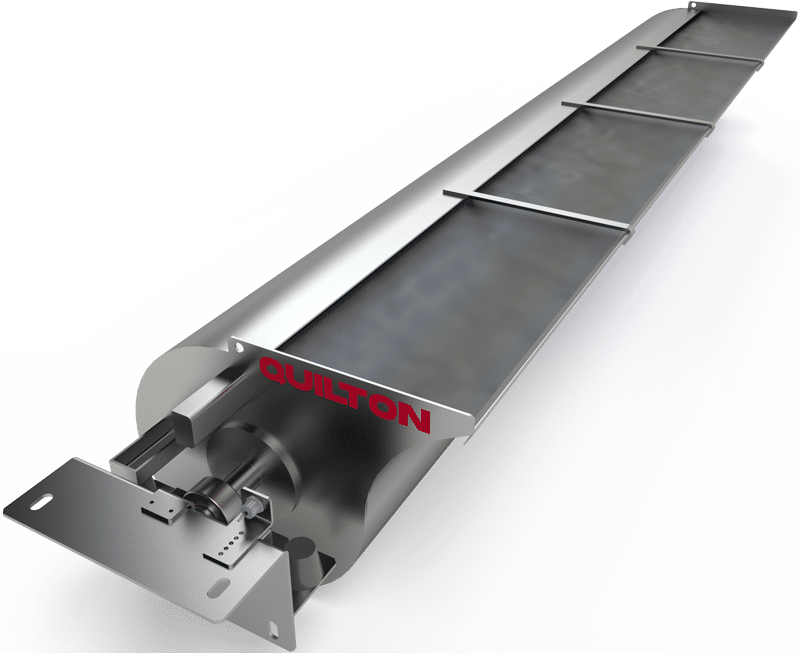This website uses cookies so that we can provide you with the best user experience possible. Cookie information is stored in your browser and performs functions such as recognising you when you return to our website and helping our team to understand which sections of the website you find most interesting and useful.
Rainwater
ABOUT RAINWATER
Precipitation, traditionally referred to as white water, is produced by a series of different weather phenomena. It may take the form of rain, snow, fog or ice. These generally lead to large and intermittent flows. Although their composition contains less contamination than industrial wastewaters, the processes involved in urban development, air pollution and new lifestyle habits have meant that these waters move large amounts of contaminating substances.
When precipitation comes into contact with the ground, it may evaporate or be absorbed. As soon as the ground exceeds its ability for evaporation and absorption, it creates a flow referred to as runoff, which travels across the surface and spreads freely, enabling people to collect water.
RUNOFF WATERS
The concentration of people in cities has led to a major increase in property development on the land, and therefore of its impermeability, which has increased the volumes of runoff and the speed of natural flows, shortening build-up times, raising temperatures, reducing basic flows during the dry season, and increasing levels of contamination.
If the runoff from precipitation is not controlled or treated, it contaminates the receiving environment to such an extent that the water does not reach the necessary quality for basic uses and impedes the recovery of ecosystems.
Furthermore, it may alter and overload the drainage system, above all wastewater treatment plants (WWTPs).
Analysis of rainfall
The analysis and classification of precipitation may be as important as its subsequent treatment. Rainfall may be more or less clean, depending on the surface it has traversed and its geographical location due to, amongst other things, the air pollution it may entrain. We therefore differentiate between precipitation from the roofs of buildings and the runoff from road surfaces, understanding these to be streets, roads, motorways, etc.
The following parameters are used for measuring the quality of precipitation in urban areas:
- Turbidity.
- Total solids in suspension.
- Biological oxygen demand (BOD).
- Heavy metals in the water.
CONTAMINATION OF PRECIPITATION
The concentration of human activities leads to the surface deposition of dust, dirt, sand and grit, organic matter, nutrients, heavy metals, toxic materials, and bacteriological substances.
These materials are leached and entrained by the surface runoff, and it ends up increasing the contamination of the destination waters. Surface runoff is also a clear source for polluting aquatic systems, dissolving, and entraining all kinds of materials deposited on the surface.
Sources of contamination
Generally speaking, the sources of contamination of precipitation may be classified into two categories: specific sources and diffuse sources.
- Specific sources: the contamination comes from a drain or channel in a specific place; these effluents are easy to locate and their source can normally be identified.
- Diffuse or unlocated sources: those waters whose contamination is produced by a number of different sources over very wide areas, making them very difficult to manage.
Causes of contamination
The following are the possible causes of the contamination of urban runoff:
- Air pollution: the contaminants present in the atmosphere are captured by rainfall and flow across impermeable surfaces as runoff.
- Surface contamination of river basins: wastes generated by human or animal activity that are deposited on the surface of the land. These include the following:
- Animal wastes: they contain a large number of pathogens.
- Refuse: urban areas are a major source of solid wastes.
- Traffic wastes: these include the zinc in tyres, the lead in exhaust fumes, or the wear on brakes.
- Wear on facades and corrosion on roofs and cladding.
WWTPs IN THE TREATMENT OF RAINFALL
The treatment and purification of masses of water from urban runoffs are key components of new management strategies involving precipitation. In turn, these strategies condition influxes to a WWTP and should be carefully selected considering that the flow into the plant will vary considerably between the dry and wet seasons.
The equipment designed to treat these waters should be designed to handles large inflows over a short period of time. Accordingly, although they may not be called for throughout the whole year, they need to be fully dependable whenever so required.
Overflows for managing urban runoffs
Drainage networks have traditionally been designed to carry wastewater and rainfall to a specific point (usually a WWTP). Whenever the rain causes a flow of water that overwhelms the system, the excess needs to be drawn off through overflow channels or temporarily stored in tanks within the system itself. The sum of these overflows and tanks, located upstream of the WWTP determine the hydraulic loads and amounts of contamination that will reach the plant, as well as the impact on the receiving environment.
SOLUTION FOR TREATING PRECIPITATION
Both the shortage and excess of water have become a growing problem in our society. At QUILTON, we have the necessary equipment and technology for dealing with these situations and using rainwater to respond to the new environmental challenges caused by climate change. We therefore provide equipment and services for treating rainwater that ensure the water is of suitable quality.





